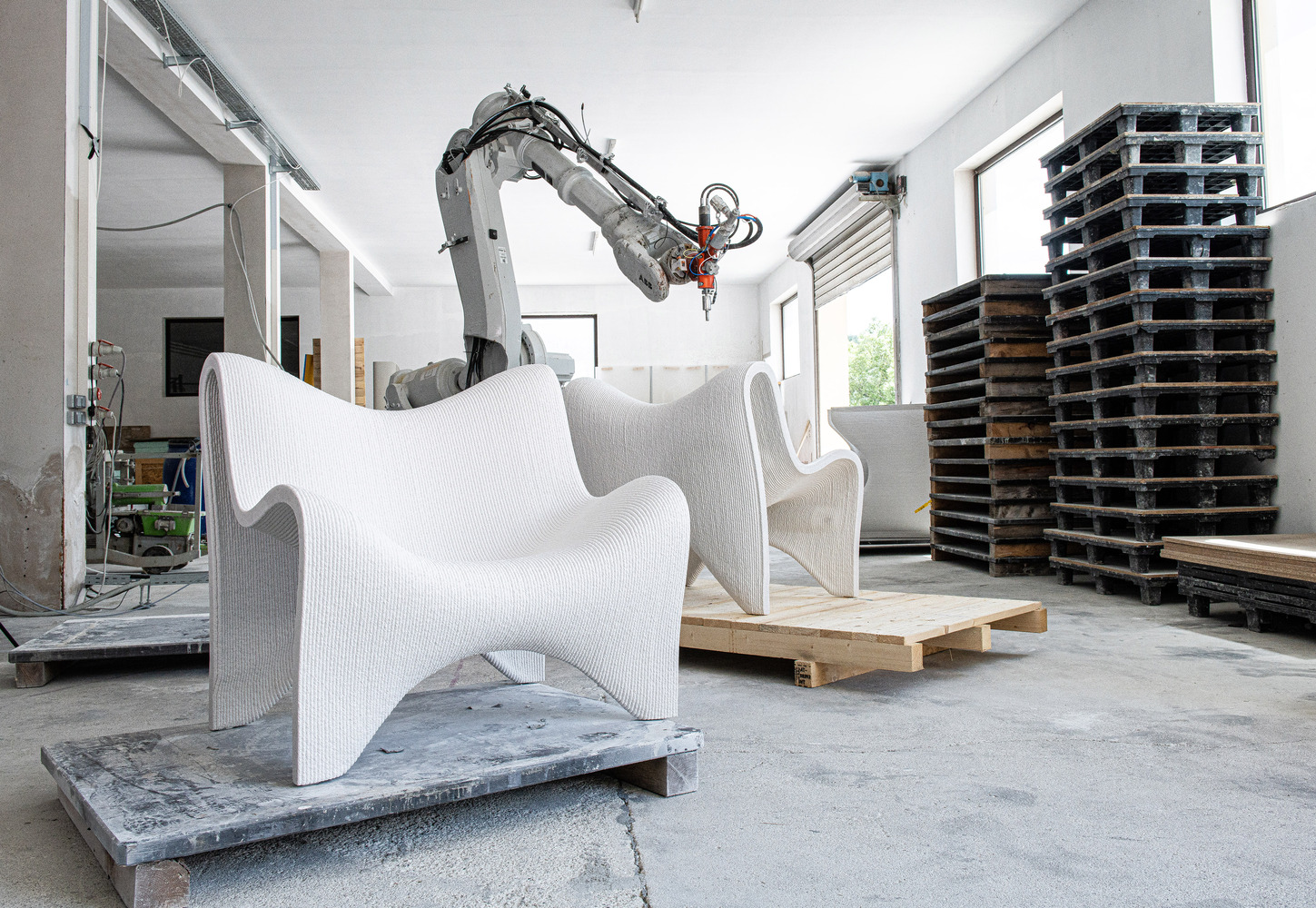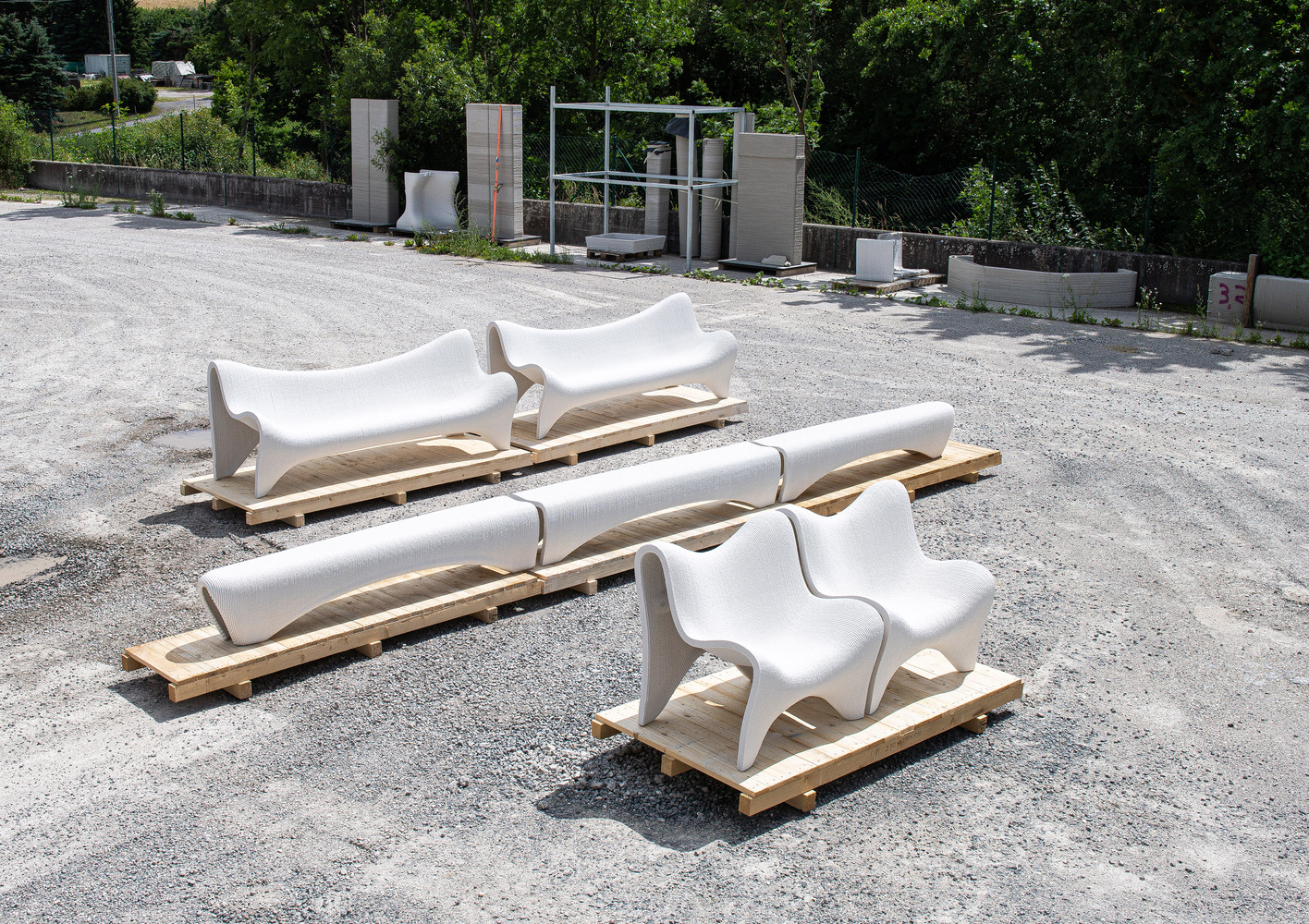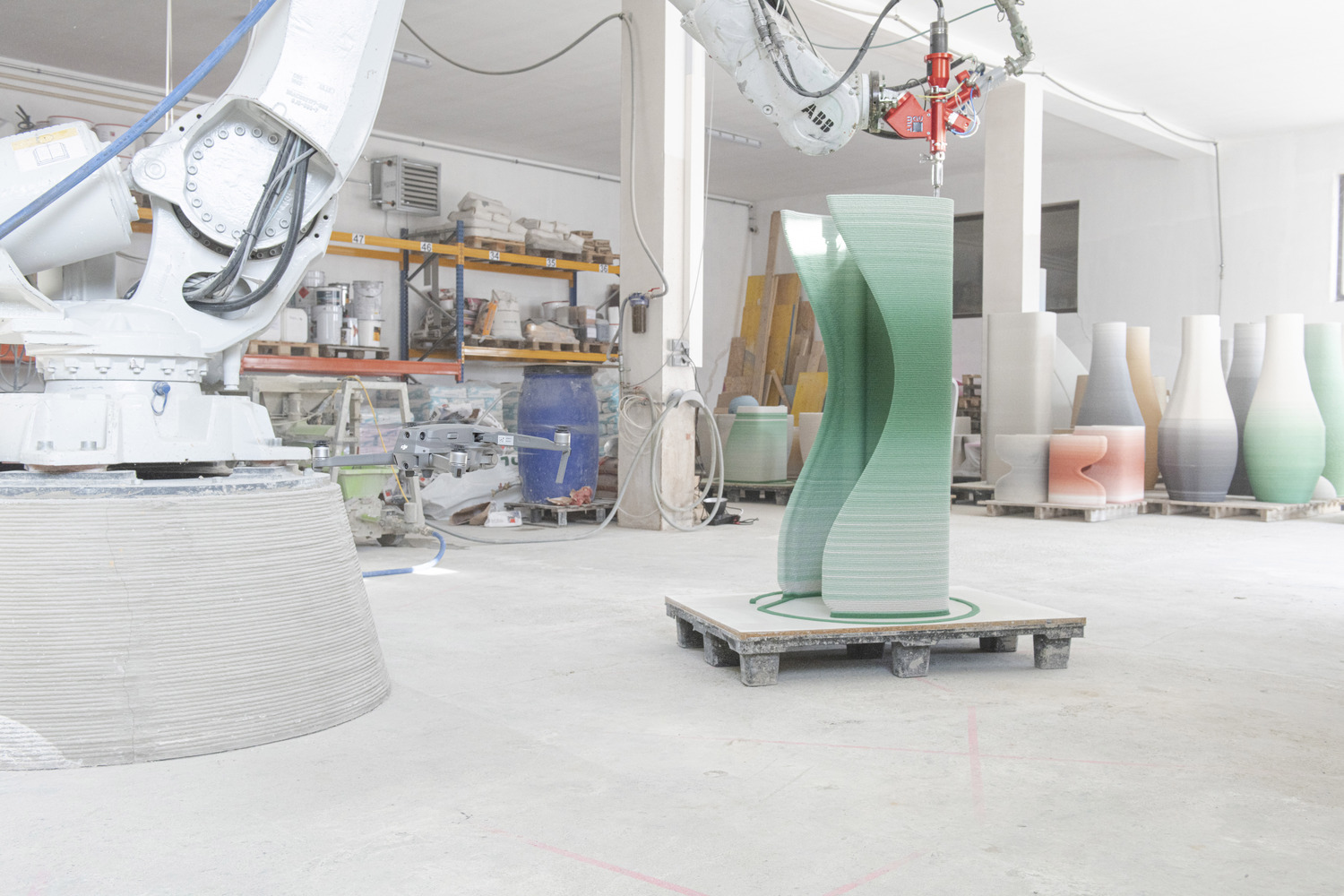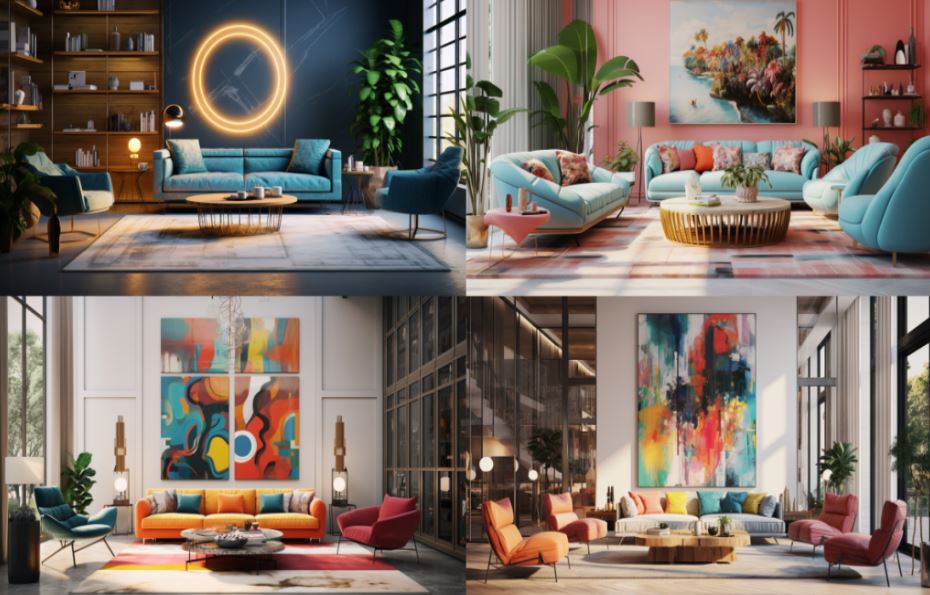The furniture design industry is undergoing a significant transformation thanks to new technologies. These innovations are revolutionizing how furniture is conceived, manufactured, and used, bringing benefits ranging from customization to sustainability. Here are some of the key technologies shaping the future of furniture design:
1. 3D Printing: Revolutionizing Production and Customization
One of the most groundbreaking technologies in furniture design is 3D printing. This technology allows designers to create complex and intricate pieces that were previously impossible to manufacture using traditional methods. With 3D printing, rapid prototyping becomes feasible, enabling designers to experiment with new forms and ideas quickly. Additionally, 3D printing supports on-demand production, reducing material waste and allowing for a high degree of customization. This means that consumers can have unique, tailor-made furniture pieces that perfectly fit their spaces and preferences.
2. Augmented Reality (AR) and Virtual Reality (VR): Enhancing the Design Experience
Augmented reality (AR) and virtual reality (VR) are transforming the way consumers interact with furniture design. These technologies enable customers to visualize furniture in their own homes before making a purchase. By using AR apps, users can place virtual furniture in their living spaces to see how it fits and looks, making more informed decisions. For designers, VR offers a powerful tool for creating immersive presentations and virtual showrooms, allowing clients to experience and explore design concepts in a lifelike environment.
3. Digital Fabrication: Precision and Efficiency
Digital fabrication techniques such as CNC (Computer Numerical Control) milling and laser cutting are streamlining the furniture production process. These technologies offer unparalleled precision, enabling the creation of complex and detailed designs with minimal material waste. Digital fabrication allows for efficient scaling, whether for mass production or customized, one-of-a-kind pieces. This precision and adaptability are crucial for meeting the diverse needs of modern consumers.
4. Smart Materials: Innovating Functionality
Advances in smart materials are opening new possibilities in furniture design. Materials that can change shape, color, or function in response to environmental stimuli are being incorporated into furniture to enhance functionality and interactivity. For instance, temperature-regulating fabrics and self-healing surfaces are making furniture more adaptable and durable. These innovations contribute to the creation of intelligent furniture that responds to the user’s needs and environmental conditions.
5. Internet of Things (IoT): Connecting Furniture
The Internet of Things (IoT) is bringing connectivity to the furniture industry, leading to the development of smart furniture that can interact with other devices. IoT-enabled furniture can adjust settings such as lighting, temperature, and ergonomics based on user preferences and behaviors. This integration enhances the user experience by providing greater comfort, convenience, and efficiency. Smart furniture is also capable of monitoring usage patterns and providing insights that can inform future design improvements.
6. Artificial Intelligence (AI): Optimizing Design and Production
Artificial intelligence (AI) is playing a crucial role in optimizing both the design and production processes in the furniture industry. AI algorithms can analyze large datasets to identify trends and consumer preferences, helping designers create pieces that better meet market demands. Additionally, AI can optimize manufacturing processes, reducing costs and improving efficiency. AI-driven design tools enable designers to explore numerous variations and configurations quickly, fostering innovation and creativity.
7. Advanced Renderings: Realistic Visualization of Projects
High-quality renderings are essential for effectively presenting and marketing furniture designs. Advanced rendering software such as KeyShot, V-Ray, Lumion, and Blender allow designers to create realistic images and animations of their projects. These tools help visualize textures, colors, and lighting accurately, providing a clear view of the final product. Photorealistic renderings not only facilitate communication with clients and manufacturers but also enhance marketing efforts, making designs more appealing and convincing.
8. Digital Sustainability: Designing with the Environment in Mind
With increasing concern for sustainability, new technologies are enabling designers to create furniture in more eco-friendly ways. Sustainable design software such as Autodesk Sustainability Workshop and Tally help evaluate the environmental impact of different materials and manufacturing processes. Additionally, digital fabrication and 3D printing can use recyclable materials and reduce waste. The combination of digital design and sustainable practices is paving the way for more conscious and environmentally responsible furniture production.
Conclusion
The integration of new technologies is revolutionizing the furniture design industry, offering unprecedented opportunities for innovation and personalization. From 3D printing and digital fabrication to AR, VR, IoT, advanced renderings, and digital sustainability, these technologies are reshaping the way furniture is designed, produced, and experienced. As technology continues to advance, the future of furniture design promises to be more sustainable, efficient, and attuned to the needs and desires of consumers, paving the way for a new era of creativity and functionality in our living spaces. New technologies are not only revolutionizing furniture design but also providing more sustainable, efficient, and customized ways to create and use these essential items. As technology continues to advance, we can expect to see even more innovations that will transform how we conceive and interact with our environments, making them more adaptable, intelligent, and environmentally friendly.







